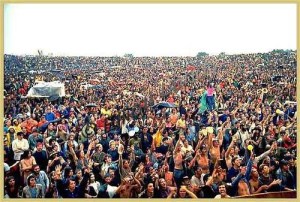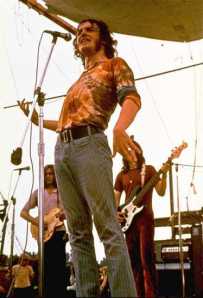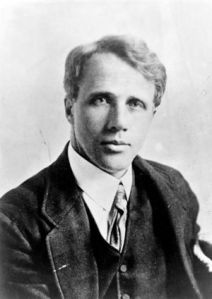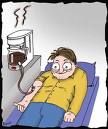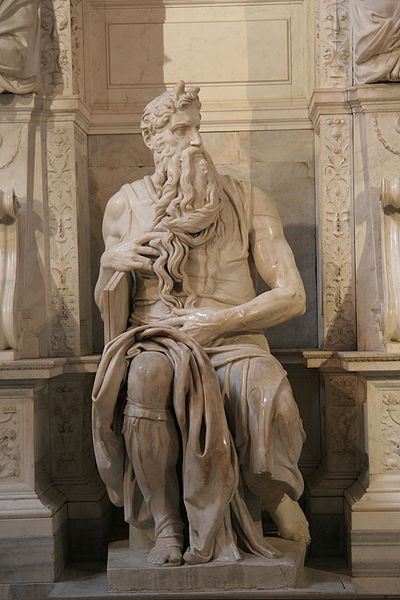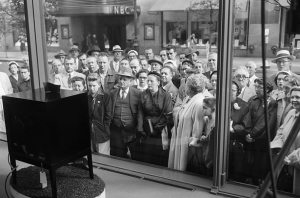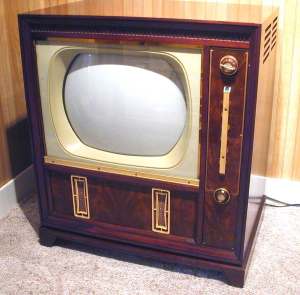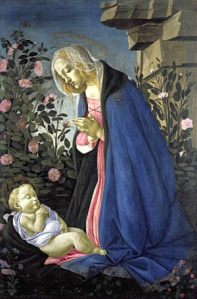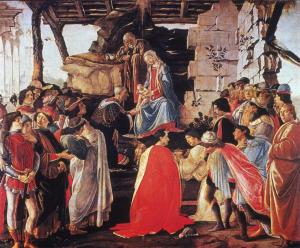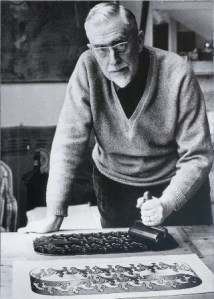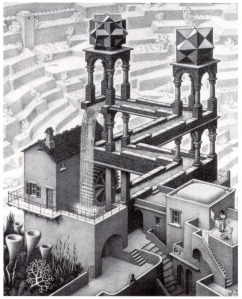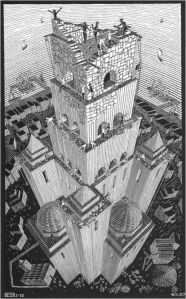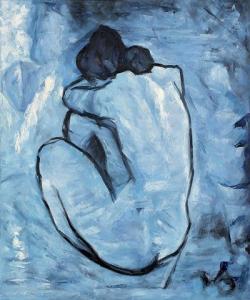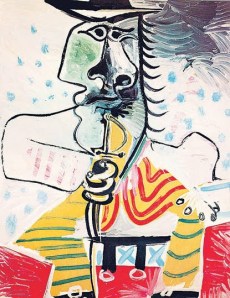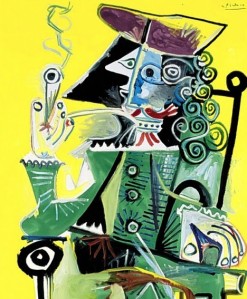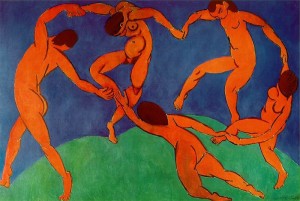>
Day One: Friday, August 15 1969

Sweetwater
1. Motherless Child
2. Look Out
3. For Pete’s Sake
4. Day Song
5. What’s Wrong
6. Crystal Spider
7. Two Worlds
8. Why Oh Why
Melanie
1. Beautiful People
2. Birthday Of The Sun
Quill
1. Waitin’ For You
Country Joe McDonald
1. I Find Myself Missing You
2. Rockin’ All Around The World
3. Flyin’ High All Over The World
4. Seen A Rocket
5. Fish Cheer / I-Feel-Like-I’m-Fixing-To-Die-Rag
Canned Heat
1. I’m Her Man
2. Going Up the Country
3. A Change Is Gonna Come
4. Leaving This Town
5. The Bear Talks
6. Let’s Work Together
7. Too Many Drivers at the Wheel
8. I Know My Baby
9. Woodstock Boogie
10. On the Road Again

Janis Joplin
1. Raise Your Hand
2. As Good As You’ve Been To This World
3. To Love Somebody
4. Summertime
5. Try (Just A Little Bit Harder)
6. Kosmic Blues
7. Can’t Turn You Loose
8. Work Me Lord
9. Piece Of My Heart
10. Ball and Chain
Joe Cocker
1. Delta Lady
2. Some Things Goin’ On
3. Let’s Go Get Stoned
4. I Shall Be Released
5. With A Little Help From My Friends
Johnny Winter
1. More And More
2. I Love You Baby More Than You Ever Know
3. Spinning Wheel
4. I Stand Accused
5. Something Coming On
Paul Butterfield Blues Band
1. Everything’s Gonna Be Alright
2. Driftin’
3. Born Under A Bad Sign
4. All My Love Comin’ Through To You
5. Love March
Jimi Hendrix
1. Message To Love
2. Getting My Heart Back Together Again
3. Spanish Castle Magic
4. Red House
5. Master Mind
6. Here Comes Your Lover Man
7. Foxy Lady
8. Beginning
9. Izabella
10. Gypsy Woman
11. Fire
12. Voodoo Child (Slight Return) / Stepping Stone
13. Star Spangled Banner
14. Purple Haze
15. Woodstock Improvisation / Villanova Junction
16. Hey Joe

There were almost 500,000 people there. There was a shortage of food, water, and toilets, but no one got hurt and there were no fights reported. There was some bad acid and people did get sick. There was a huge traffic jam. As you just read, the performers were the best.
Just a month after man had landed on the Moon. The Vietnam war protests were at their height. The bloody riots at the Chicago Democratic National convention were just a year before, and so were the murders of Robert F. Kennedy and Martin Luther King Jr. Nixon was President, but Watergate was in the future, so were the killings at Kent State.
Some of the bands that declined the invitation to play at Woodstock were: The Doors, Led Zepplin, Jethro Tull, The Byrds, Bob Dylan, The Moody Blues, Joni Mitchell, and Tommy James and the Shondells.

Woodstock 1969
Performance Lineup
Day One: Friday, August 15 1969
Richie Havens
1. Minstrel From Gault
2. High Flyin’ Bird
3. I Can’t Make It Anymore
4. With A Little Help
5. Strawberry Fields For Ever
6. Hey Jude
7. I Had A Woman
8. Handsome Johnny
9. Freedom
1. Minstrel From Gault
2. High Flyin’ Bird
3. I Can’t Make It Anymore
4. With A Little Help
5. Strawberry Fields For Ever
6. Hey Jude
7. I Had A Woman
8. Handsome Johnny
9. Freedom

Sweetwater
1. Motherless Child
2. Look Out
3. For Pete’s Sake
4. Day Song
5. What’s Wrong
6. Crystal Spider
7. Two Worlds
8. Why Oh Why
Bert Sommer
1. Jennifer
2. The Road To Travel
3. I wondered where you’d be
4. She’s Gone
5. Things Are Going My Way
6. And When It’s Over
7. Jeanette
8. America (first standing ovation at Woodstock)
9. A Note That Read
10. Smile
1. Jennifer
2. The Road To Travel
3. I wondered where you’d be
4. She’s Gone
5. Things Are Going My Way
6. And When It’s Over
7. Jeanette
8. America (first standing ovation at Woodstock)
9. A Note That Read
10. Smile
Tim Hardin
1. Misty Roses
2. If I Were A Carpenter
1. Misty Roses
2. If I Were A Carpenter
Ravi Shankar
1. Raga Puriya-Dhanashri / Gat In Sawarital
2. Tabla Solo In Jhaptal
3. Raga Manj Kmahaj / Alap Jor / Dhun In Kaharwa Tal / Medium & Fast Gat In Teental

1. Raga Puriya-Dhanashri / Gat In Sawarital
2. Tabla Solo In Jhaptal
3. Raga Manj Kmahaj / Alap Jor / Dhun In Kaharwa Tal / Medium & Fast Gat In Teental

Melanie
1. Beautiful People
2. Birthday Of The Sun
Arlo Guthrie
1. Coming Into Los Angeles
2. Walking Down The Line
3. Amazing Grace
1. Coming Into Los Angeles
2. Walking Down The Line
3. Amazing Grace
Joan Baez
1. Joe Hill
2. Sweet Sir Galahad
3. Drug Store Truck Driving Man
4. Swing Low Sweet Chariot
5. We Shall Overcome
1. Joe Hill
2. Sweet Sir Galahad
3. Drug Store Truck Driving Man
4. Swing Low Sweet Chariot
5. We Shall Overcome
Quill
1. Waitin’ For You
Country Joe McDonald
1. I Find Myself Missing You
2. Rockin’ All Around The World
3. Flyin’ High All Over The World
4. Seen A Rocket
5. Fish Cheer / I-Feel-Like-I’m-Fixing-To-Die-Rag
John B. Sebastian
1. How Have You Been
2. Rainbows All Over Your Blues
3. I Had A Dream
4. Darlin’ Be Home Soon
5. Younger Generation
1. How Have You Been
2. Rainbows All Over Your Blues
3. I Had A Dream
4. Darlin’ Be Home Soon
5. Younger Generation
Keef Hartley Band
1. Believe In You
2. Rock Me Baby
3. Leavin’ Trunk/Halfbreed/Just To Cry/And Sinnin’ For You
1. Believe In You
2. Rock Me Baby
3. Leavin’ Trunk/Halfbreed/Just To Cry/And Sinnin’ For You
Santana
1. Persuasion
2. Savor
3. Soul Sacrifice
4. Fried Neckbones
1. Persuasion
2. Savor
3. Soul Sacrifice
4. Fried Neckbones
Incredible String Band
1. Catty Come
2. This Moment Is Different
3. When You Find Out Who You Are
1. Catty Come
2. This Moment Is Different
3. When You Find Out Who You Are
1. I’m Her Man
2. Going Up the Country
3. A Change Is Gonna Come
4. Leaving This Town
5. The Bear Talks
6. Let’s Work Together
7. Too Many Drivers at the Wheel
8. I Know My Baby
9. Woodstock Boogie
10. On the Road Again
Grateful Dead
1. St. Stephen
2. Mama Tried
3. Dark Star / High Time
4. Turn On Your Lovelight
1. St. Stephen
2. Mama Tried
3. Dark Star / High Time
4. Turn On Your Lovelight
Leslie West & Mountain
1. Blood Of The Sun
2. Stormy Monday
3. Theme From An Imaginary Western
4. Long Red
5. For Yasgur’s Farm
6. You And Me
7. Waiting To Take You Away
8. Dreams Of Milk And Honey
9. Blind Man
10. Blue Suede Shoes
11. Southbound Train
1. Blood Of The Sun
2. Stormy Monday
3. Theme From An Imaginary Western
4. Long Red
5. For Yasgur’s Farm
6. You And Me
7. Waiting To Take You Away
8. Dreams Of Milk And Honey
9. Blind Man
10. Blue Suede Shoes
11. Southbound Train
Creedence Clearwater Revival
1. Born On The Bayou
2. Green River
3. Ninety-Nine And A Half
4. Commotion
5. Bootleg
6. Bad Moon Rising
7. Proud Mary
8. I Put A Spell On You
9. Night Time Is The Right Time
10. Keep On Choogin’
11. Suzy Q
1. Born On The Bayou
2. Green River
3. Ninety-Nine And A Half
4. Commotion
5. Bootleg
6. Bad Moon Rising
7. Proud Mary
8. I Put A Spell On You
9. Night Time Is The Right Time
10. Keep On Choogin’
11. Suzy Q

Janis Joplin
1. Raise Your Hand
2. As Good As You’ve Been To This World
3. To Love Somebody
4. Summertime
5. Try (Just A Little Bit Harder)
6. Kosmic Blues
7. Can’t Turn You Loose
8. Work Me Lord
9. Piece Of My Heart
10. Ball and Chain
Sly & The Family Stone
1. M’Lady
2. Sing A Simple Song
3. You Can Make It If You Try
4. Stand!
5. Love City
6. Dance To The Music
7. Music Lover
8. I Want To Take You Higher
1. M’Lady
2. Sing A Simple Song
3. You Can Make It If You Try
4. Stand!
5. Love City
6. Dance To The Music
7. Music Lover
8. I Want To Take You Higher
The Who
1. Heaven And Hell
2. I Can’t Explain
3. It’s A Boy
4. 1921
5. Amazing Journey
6. Sparks
7. Eyesight To The Blind
8. Cristmas
9. Tommie Can You Hear Me
10. Acid Queen
11. Pinball Wizard
12. Abbie Hoffmann Incident
13. Fiddle About
14. There’s A Doctor I’ve Found
15. Go To The Mirror Boy
16. Smash The Mirror
17. I’m Free
18. Tommy’s Holiday Camp
19. We’re Not Gonna Take It
20. See Me Feel Me
21. Summertime Blues
22. Shakin’ All Over
23. My Generation
24. Naked Eye
1. Heaven And Hell
2. I Can’t Explain
3. It’s A Boy
4. 1921
5. Amazing Journey
6. Sparks
7. Eyesight To The Blind
8. Cristmas
9. Tommie Can You Hear Me
10. Acid Queen
11. Pinball Wizard
12. Abbie Hoffmann Incident
13. Fiddle About
14. There’s A Doctor I’ve Found
15. Go To The Mirror Boy
16. Smash The Mirror
17. I’m Free
18. Tommy’s Holiday Camp
19. We’re Not Gonna Take It
20. See Me Feel Me
21. Summertime Blues
22. Shakin’ All Over
23. My Generation
24. Naked Eye
Jefferson Airplane
1. The Other Side Of This Life
2. Plastic Fantastic Lover
3. Volunteers
4. Saturday Afternoon / Won’t You Try
5. Eskimo Blue Day
6. Uncle Sam’s Blues
7. Somebody To Love
8. White Rabbit
1. The Other Side Of This Life
2. Plastic Fantastic Lover
3. Volunteers
4. Saturday Afternoon / Won’t You Try
5. Eskimo Blue Day
6. Uncle Sam’s Blues
7. Somebody To Love
8. White Rabbit
Day Three: Sunday, August 17 1969
1. Delta Lady
2. Some Things Goin’ On
3. Let’s Go Get Stoned
4. I Shall Be Released
5. With A Little Help From My Friends
Country Joe & The Fish
1. Barry’s Caviar Dream
2. Not So Sweet Martha Lorraine
3. Rock And Soul Music
4. Thing Called Love
5. Love Machine
6. Fish Cheer / I-Feel-Like-I’m-Fixing-To-Die-Rag
1. Barry’s Caviar Dream
2. Not So Sweet Martha Lorraine
3. Rock And Soul Music
4. Thing Called Love
5. Love Machine
6. Fish Cheer / I-Feel-Like-I’m-Fixing-To-Die-Rag
Ten Years After
1. Good Morning Little Schoolgirl
2. I Can’t Keep From Crying Sometimes
3. I May Be Wrong, But I Won’t Be Wrong Always
4. I’m Going Home
1. Good Morning Little Schoolgirl
2. I Can’t Keep From Crying Sometimes
3. I May Be Wrong, But I Won’t Be Wrong Always
4. I’m Going Home
The Band
1. Chest Fever
2. Don’t Do It
3. Tears Of Rage
4. We Can Talk About It Now
5. Long Black Veil
6. Don’t Ya Tell Henry
7. Ain’t No More Cane on the Brazos
8. Wheels On Fire
9. Loving You Is Sweeter Than Ever
10. The Weight
1. Chest Fever
2. Don’t Do It
3. Tears Of Rage
4. We Can Talk About It Now
5. Long Black Veil
6. Don’t Ya Tell Henry
7. Ain’t No More Cane on the Brazos
8. Wheels On Fire
9. Loving You Is Sweeter Than Ever
10. The Weight
1. More And More
2. I Love You Baby More Than You Ever Know
3. Spinning Wheel
4. I Stand Accused
5. Something Coming On
Blood Sweat And Tears
1. Mean Town Blues
1. Mean Town Blues
Crosby, Stills, Nash & Young
1. Suite Judy Blue Eyes
2. Blackbird
3. Helplessly Hoping
4. Guinnevere
5. Marrakesh Express
6. 4 + 20
7. Mr Soul
8. Wonderin’
9. You Don’t Have To Cry
10. Pre-Road Downs
11. Long Time Gone
12. Bluebird Revisited
13. Sea Of Madness
14. Wooden Ships
15. Find The Cost Of Freedom
16. 49 Bye-Byes
1. Suite Judy Blue Eyes
2. Blackbird
3. Helplessly Hoping
4. Guinnevere
5. Marrakesh Express
6. 4 + 20
7. Mr Soul
8. Wonderin’
9. You Don’t Have To Cry
10. Pre-Road Downs
11. Long Time Gone
12. Bluebird Revisited
13. Sea Of Madness
14. Wooden Ships
15. Find The Cost Of Freedom
16. 49 Bye-Byes
Paul Butterfield Blues Band
1. Everything’s Gonna Be Alright
2. Driftin’
3. Born Under A Bad Sign
4. All My Love Comin’ Through To You
5. Love March
Sha Na Na
1. Na Na Theme
2. Jakety Jak
3. Teen Angel
4. Jailhouse Rock
5. Wipe Out
6. Who Wrote The Book Of Love
7. Duke Of Earl
8. At The Hop
9. Na Na Theme
1. Na Na Theme
2. Jakety Jak
3. Teen Angel
4. Jailhouse Rock
5. Wipe Out
6. Who Wrote The Book Of Love
7. Duke Of Earl
8. At The Hop
9. Na Na Theme
1. Message To Love
2. Getting My Heart Back Together Again
3. Spanish Castle Magic
4. Red House
5. Master Mind
6. Here Comes Your Lover Man
7. Foxy Lady
8. Beginning
9. Izabella
10. Gypsy Woman
11. Fire
12. Voodoo Child (Slight Return) / Stepping Stone
13. Star Spangled Banner
14. Purple Haze
15. Woodstock Improvisation / Villanova Junction
16. Hey Joe

There were almost 500,000 people there. There was a shortage of food, water, and toilets, but no one got hurt and there were no fights reported. There was some bad acid and people did get sick. There was a huge traffic jam. As you just read, the performers were the best.
Just a month after man had landed on the Moon. The Vietnam war protests were at their height. The bloody riots at the Chicago Democratic National convention were just a year before, and so were the murders of Robert F. Kennedy and Martin Luther King Jr. Nixon was President, but Watergate was in the future, so were the killings at Kent State.
Some of the bands that declined the invitation to play at Woodstock were: The Doors, Led Zepplin, Jethro Tull, The Byrds, Bob Dylan, The Moody Blues, Joni Mitchell, and Tommy James and the Shondells.

